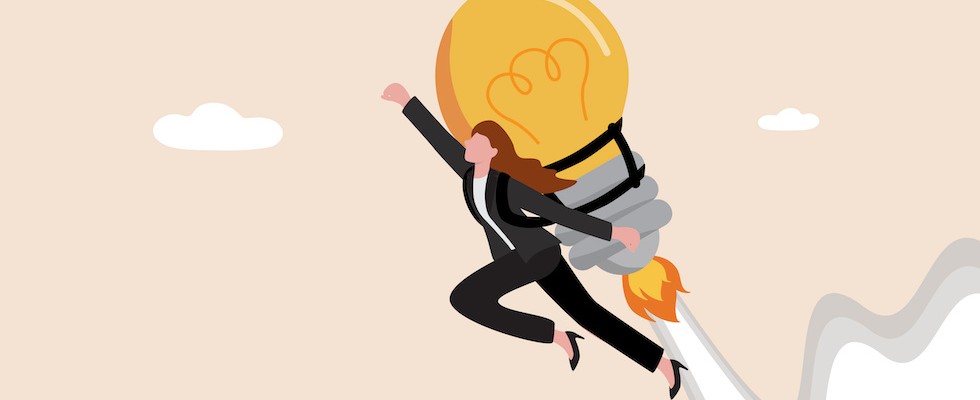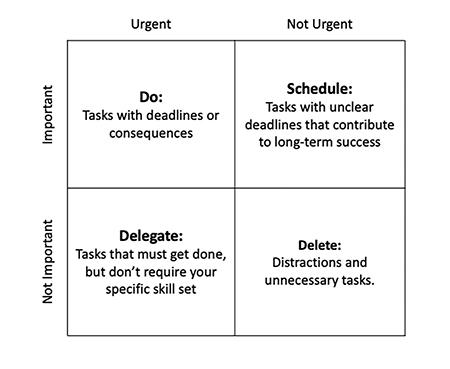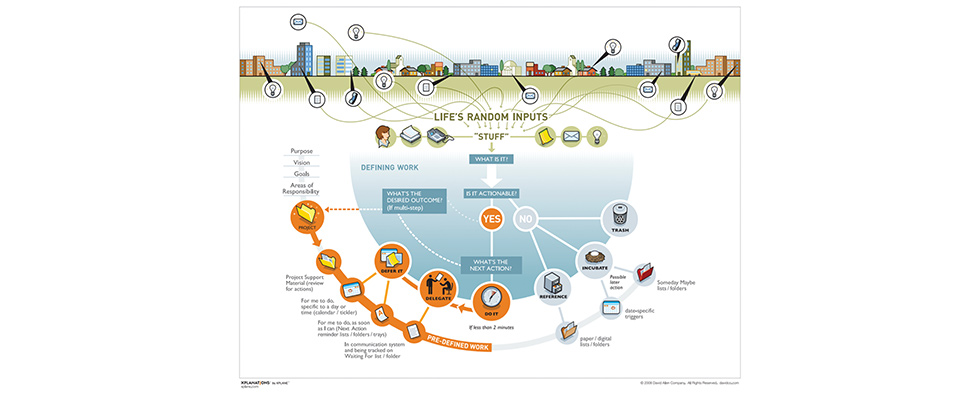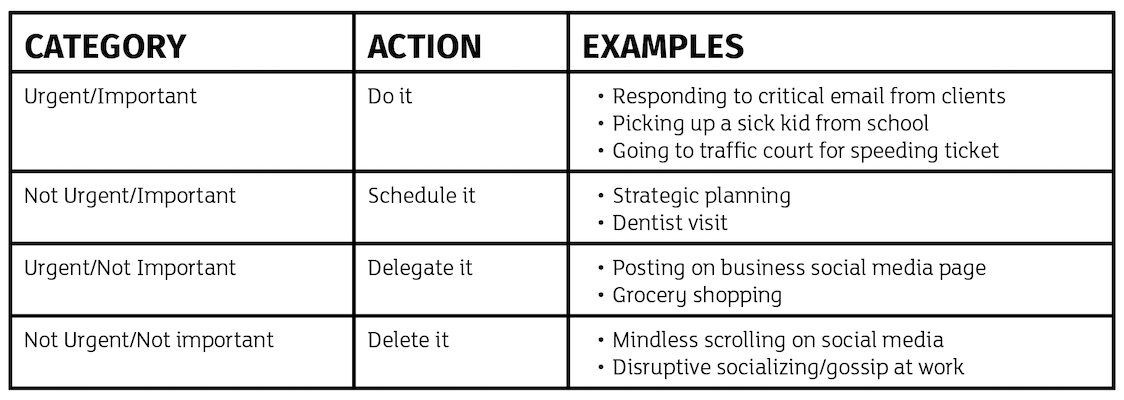
Productivity isn’t one size fits all. Advocates of tackling the most important task first oversimplify; productivity is nuanced and personal. Transitioning from when we start our careers, to more complex roles requires self-evaluation, not comparison. While evidence-based frameworks offer starting points, implementing them all is overwhelming; lasting change comes from focused experimentation. Continuous review, customization and iteration are essential.
Productivity is a lifelong pursuit and requires adapting to life’s changes. Embrace fluidity, evolve practices and unleash true potential through a personalized approach.
Eating Frogs & Chronotypes
Have you ever wondered when you are most productive? The key to unlocking your peak performance might just lie in understanding your “chronotype” and how it relates to your individual circadian rhythm. While you may have heard of the classic “early birds” and “night owls,” the truth is that most people don’t neatly fit into these categories. In fact, our peak concentration times can vary throughout the day.
In order to determine where you are on the spectrum, tracking your mood and energy levels or using online questionnaires like the Munich Chronotype Questionnaire can help. Morning energy surges align with circadian rhythms, and this where the concept of “eating frogs” comes into play.
You may have heard the famous quote by Mark Twain: “Eat a live frog first thing in the morning, and nothing worse will happen to you the rest of the day.” This idea aligns with Brian Tracy’s approach in “Eat That FROG,” which suggests starting with tasks that demand the most energy. When overwhelmed, break tasks into smaller ones, eliminate distractions, take breaks and reward yourself for progress. This adaptive strategy helps navigate uncertainty and regain control in the face of a to-do list.
The Eisenhower Matrix
The time-tested tool for this situation is the Eisenhower Matrix. Former U.S. President Dwight D. Eisenhower famously categorized tasks into four quadrants based on urgency and importance. Stephen Covey popularized it in “The 7 Habits of Highly Effective People,” and it’s a powerful tool for task organization.
Below are some examples of how I apply this framework to my work:

Once you know what the most important thing to do is, you then have to do it. The idea of psyching yourself up to knock out an important task is great in theory, but some of us can spend more time agonizing about the task than actually completing it.
Unleashing Your Full Potential
Finding productivity requires strategic approaches. The “productivity inertia” concept emphasizes that once in motion, an object tends to stay in motion. Tracy recommends an accountability partner, such as daily pulse meetings or scheduled walks, to provide the needed push to initiate tasks.
For deep work in larger projects, the Pomodoro Technique, involving 25-minute focused intervals and short breaks, sustains concentration. When feeling overwhelmed, David Allen’s “Getting Things Done” method proves transformative. His approach presents practical strategies to capture, break down and prioritize tasks. By incorporating these productivity strategies, individuals can maintain momentum and effectively manage tasks.

Getting Things Done
The book and website have more details on this subject, but here is a high-level breakdown of how it works.
Brain Dump or Mind Sweep: Taking all the tasks, thoughts and open loops and writing them down without judgment.
Capture From Various Sources: In addition to your thoughts, collect items from various sources. This could include digital inboxes like email and social media as well as mail, notes and receipts.
Sort and Review: Once you have everything gathered, use David Allen’s flowchart (reprinted here and available in the book or online) to sort the items.
Actionable or Not?: The first question to ask about each item is, “Is it actionable?” If it requires an action associated with a verb, such as research, draft or respond, the answer is “yes.”
Projects vs. Actions: Within the “yes” section, you’ll further sort items into projects or single actions. David Allen defines a project as anything that requires more than one action.

Too Many Projects
The first time I did a brain dump, I ended up with about 42 projects. This is just too many—maybe not for an entire year, but certainly too many for any given day or week. While there isn’t a perfect number, there is research in cognitive psychology around Miller’s Law of 7+/-2, which suggests people can typically handle about seven projects at once.
Building a Second Brain
For non-actionable items like ideas and quotes, Tiago Forte’s “second brain” concept offers an effective solution. This second brain involves archiving information into a “someday/maybe” list or an archive, preventing mental overload.
Forte emphasizes that the ultimate goal of productivity is not merely completing tasks but expressing unique ideas in a way that contributes to humanity. In his framework, Forte introduces “intermediate packages” derived from the CODE framework (collect, organize, distill, express). These packages represent the final manifestation of your second brain. This organized and archived knowledge fuels creativity, allowing you to bring your ideas into the world in a meaningful way.
Making a Life
Productivity frameworks are tools to design a fulfilling life, not just navigate a hectic schedule. I believe in embracing creativity and transforming daily activities into inspirations for others. The format is secondary; the key is reconfiguring experiences into something new.
By organizing and reflecting on daily tasks, you can reshape your perspective, viewing them not as mere necessities but as foundational elements of your unique and creative self. The goal is to become an active creator, contributing positively to the world. This mindset shift, coupled with productivity tools, empowers you to steer your life in a direction aligned
